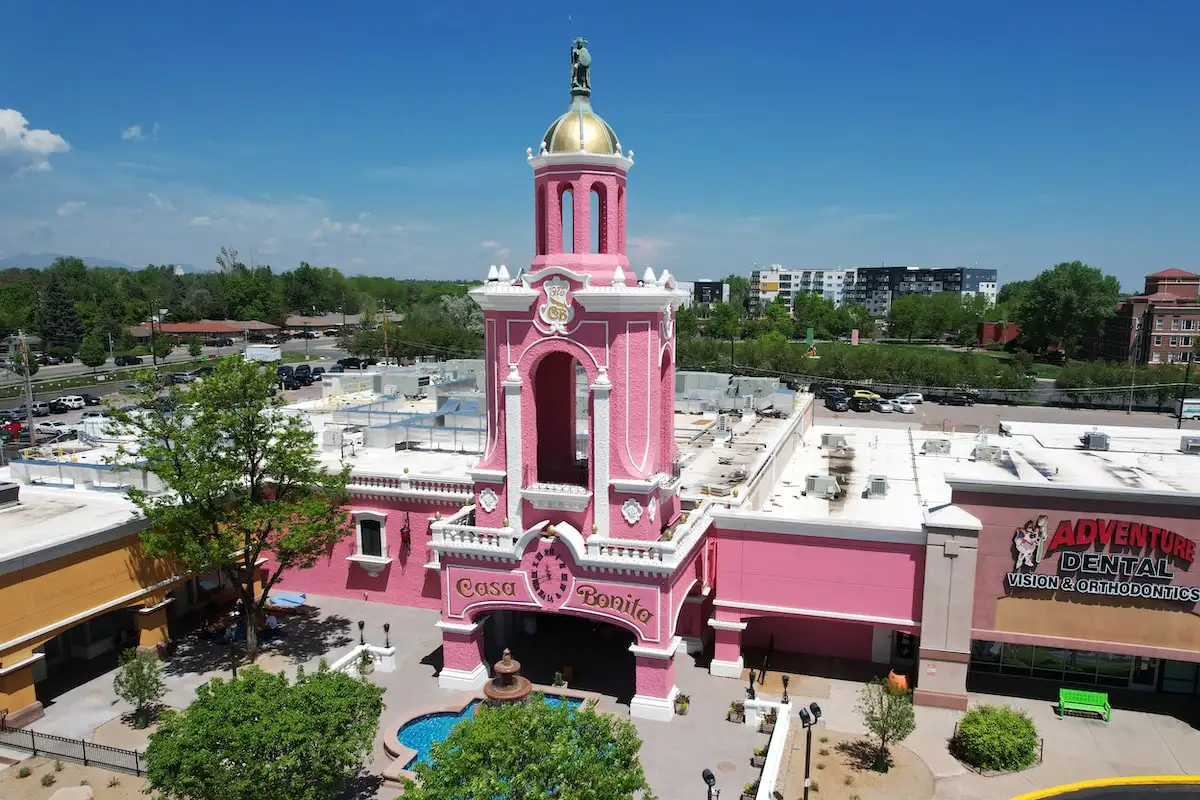Each year, every Silicon Valley VC you follow on X sets their out-of-office message and jets off to the dusty Nevada desert.

Or at least they used to.
The festival, which kicks off Aug. 25, is seeing a decline in interest:
- Event organizers predict just over 70k people (including staff) will be camping in the festival’s Black Rock City. Last year hosted 74.1k+.
- While the festival has sold out almost immediately every year since 2011, last-minute $575 tickets are still available just a week out from the event.
- Google searches for Burning Man tickets spiked last year, but have dipped for this year’s event.
San Francisco retailers that cater to Burning Man attendees have also noticed the decline, with some reporting a 20%-25% drop in sales.
What went wrong?
A lot of things, probably.
First, the event was canceled in 2020 and 2021 due to the pandemic. In 2022, temperatures in the desert reached a record-breaking 103 degrees Fahrenheit. Then, in 2023, floods left 80k people stranded in a muddy desert.
Plus, attendee demographics are shifting: The median personal income of a Burning Man attendee rose from $51.1k in 2013 to $71.5k in 2019.
Scorching temps and wealthier guests mean a lot of power used on staying comfortable:
- The event produces 100k tons of carbon emissions annually. The majority — 91% — of Black Rock City’s carbon emissions come from people traveling to the event.
- A single attendee’s carbon footprint is two-thirds of a ton for the week, 2x an average American’s.
The environmental impact adds tension for an event that promises to “leave no trace” and has a goal of being carbon negative by 2030.
If you are still planning your pilgrimage to the desert this year, a little OOO lore before you go: The Burning Man logo was the first-ever Google Doodle.
Culture
.jpg?width=48&height=48&name=IMG_2563%20(1).jpg)



